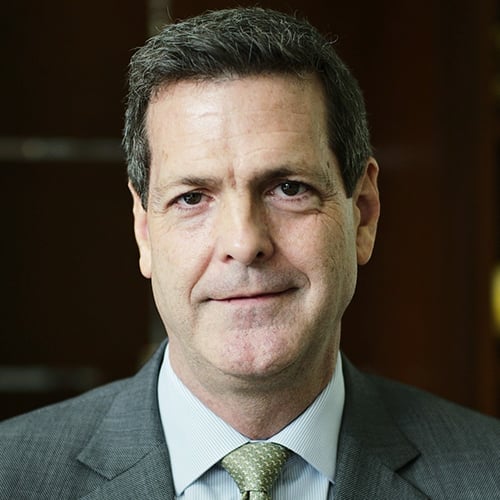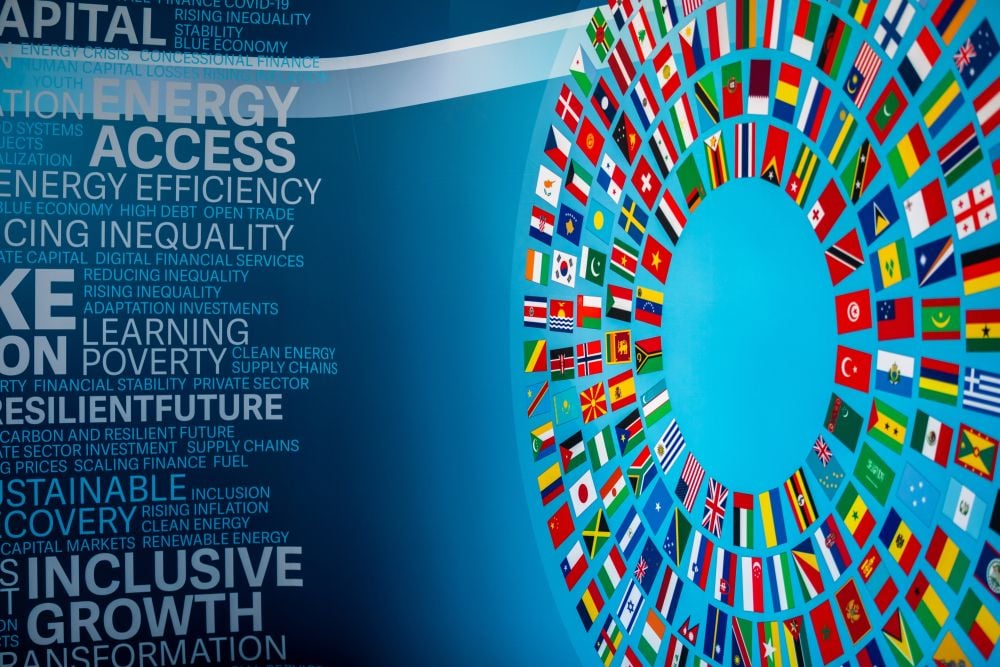The US Federal Reserve has made a number of climate-related announcements in recent months, joining the Network for Greening the Financial System in December and then establishing a new Supervision Climate Committee in February. Yet while these are important first steps, the Fed should do more to address climate change, which in turn can help it meet its mandate.
Although President Joe Biden has made clear that climate considerations will influence all of his administration’s fiscal decision-making, this does not take the central bank off the hook. But the Fed, concerned about its independence, is wary about deploying the unconventional tools needed to bring monetary policymaking onto the same page.
The Fed has already gone well beyond manipulating the overnight bank lending rate (the benchmark for borrowers and savers across the economy) and waded deep into unconventional waters, such as when it started buying assets in response to the Covid-19 pandemic. It says it does not want to pick winners and losers, but it already does: anyone holding assets that the central bank buys ends up a winner.
True, even if the Fed was willing to incorporate climate change fully into its monetary policy, its actions would remain legally constrained. The central bank can buy US government obligations directly only in open market operations or through quantitative-easing (QE) programmes. To support a particular asset class – like green investments – directly, it would have to receive authorization from the Department of the Treasury to invoke Section 13.3 of the Federal Reserve Act.
But the Fed can get around these constraints by encouraging private banks to channel their lending in a certain direction. The Fed charges banks for direct loans through its discount window, and this discount rate is currently set above the federal funds rate. As a result, any bank that borrows through this window must pay a premium, inviting suspicions that it would only do so if it were in trouble. But this needn’t be the case. In the 1970s and 1980s, the discount rate was below the federal funds rate, and the Fed could effectively subsidize banks that borrowed through the discount window by cutting the discount rate deeply into negative territory.
To encourage green investment, then, the Fed could stipulate that funds borrowed at the discount window at a preferential rate must be used for a climate-aligned purpose. And by maintaining a positive bank lending rate, it could ensure that the introduction of negative rates does not penalize savers or banks.
There is already a precedent for such targeted lending. After the global financial crisis, the Bank of England launched its Funding for Lending Scheme to encourage real estate investment, and then redeployed this mechanism for targeted lending to small and medium-size enterprises during the pandemic. Similarly, in April 2020, the European Central Bank introduced targeted longer-term refinancing operations in which banks generating new loans to the real economy borrowed at an interest rate below the main deposit rate. And in October, the Bank of Israel introduced its own separate interest rate for targeted lending.
But how can the Fed identify “green investments” when that concept remains so vaguely defined? For starters, it should offer targeted lending for two asset classes that it already supports: real estate (by securities purchases through QE) and autos (by lending to a special purpose vehicle that purchases auto loans through the Term Asset-Backed Securities Loan Facility).
According to the US Environmental Protection Agency, residential and commercial real estate account for roughly one-third of US greenhouse gas (GHG) emissions, and transportation accounts for around 28%. By encouraging the greening of these assets, the Fed could significantly affect the United States’ contribution to climate-change mitigation.
Moreover, the Fed does not have to reinvent the wheel to determine which properties or autos qualify as green. Both Fannie Mae and Freddie Mac offer green loans and green certifications for single and multifamily homes. The Fed and the Federal Housing Finance Agency – Fannie and Freddie’s regulator – thus could come together to determine the best standards to use, and the FHFA could then become the screener for green properties.
On autos, the Fed could follow the standards set by the voluntary emissions agreement between the California Air Resources Board and five large automakers (Ford, Honda, BMW, Volkswagen, and Volvo), which requires 3.7% annual reductions in GHG emissions from new passenger cars.
Beyond adopting clear standards, the Fed also must ensure that banks do not pocket the entire subsidy. For new loans, it should require that a certain minimum percentage of the subsidy be passed on to the end user. And for existing loans that meet green requirements, it should offer repricing for banks to qualify for the negative rate.
Targeted lending using the discount rate is not only a powerful measure to address climate change; it also would strengthen the Fed’s toolkit more generally. By offering specific borrowers a negative rate while maintaining a positive federal funds rate, the central bank would benefit borrowers and savers at the same time.
This would provide unambiguous stimulus for the economy following an unprecedented decline in activity – and after an even longer period during which the Fed has struggled to fulfil its mandate on inflation. Targeted green lending would enable the Fed to do its job while addressing one of the biggest crises of our time.
Megan Greene is a senior fellow at Harvard University’s John F. Kennedy School of Government and a member of the Regenerative Crisis Response Committee.
Copyright: Project Syndicate









